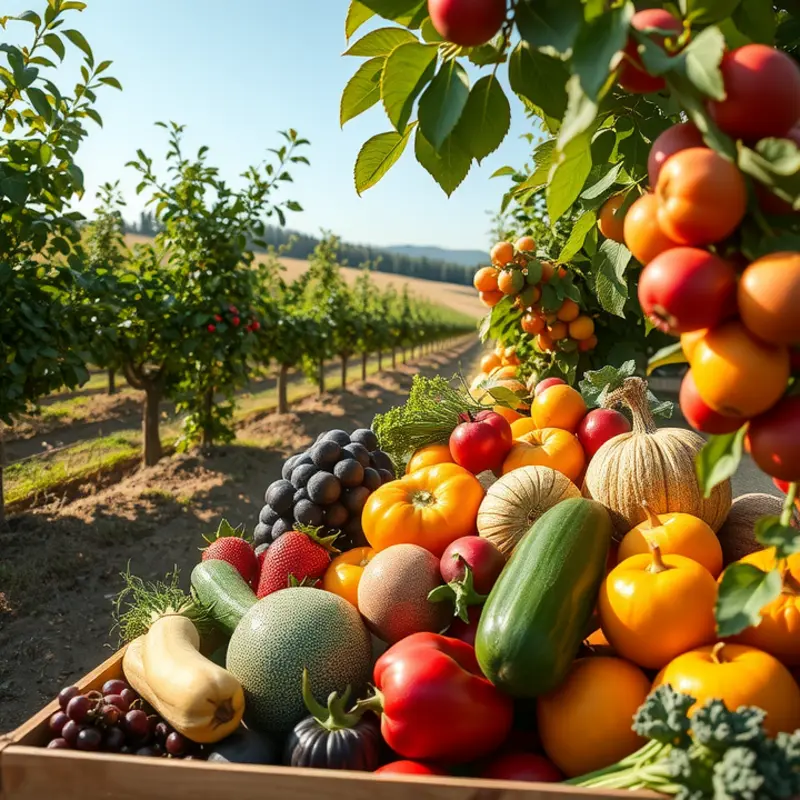Creating flourless desserts brings joy to both conscious eaters and home cooks. By using nutritious and alternative ingredients, you can whip up delightful treats that accommodate various dietary preferences while being easy to make. Let’s dive into the essential ingredients and smart substitutions to elevate your flourless dessert game.
Essential Flourless Dessert Ingredients

Flourless desserts are a delightful avenue to explore the transformative power of simple ingredients in creating guilt-free indulgences. Central to these creations are a few key components, each bringing a unique attribute to the table. Understanding these ingredients helps in choosing the best ones for your flourless culinary endeavors.
One of the most vital elements in flourless desserts is the use of natural sweeteners. Ingredients like honey, maple syrup, and dates offer sweetness while adding a depth of flavor and moisture to the dish. Unlike refined sugar, these natural options boast various health benefits, such as minerals and antioxidants. Ensure you opt for high-quality, organic versions to maximize both flavor and nutritional benefits.
Next, consider the role of nut-based flours. Almond flour and coconut flour are popular choices, providing a rich, moist texture to desserts. Almond flour is high in healthy fats, fiber, and protein, making it a nutritious alternative to traditional flour. Coconut flour absorbs more liquid and adds a subtle sweetness, ideal for dense cakes and cookies. Always store these flours properly to maintain freshness, as highlighted in this eco-smart kitchen storage guide.
Eggs play a critical role in providing structure and moisture, particularly important in flourless baking. For those seeking egg alternatives, options like chia seeds, flaxseeds, or applesauce can successfully mimic the binding qualities of eggs. These alternatives not only cater to dietary restrictions but add their own nutritional benefits, such as omega-3 fatty acids from flaxseeds and the fiber from chia seeds.
Cocoa powder, often where flour might traditionally help with texture, adds richness and a chocolatey depth without the need for additional bulking agents. Opting for high-quality, unsweetened cocoa powder ensures both the intensity of flavor and the added benefit of antioxidants.
In recipes requiring a creamy element, dairy alternatives like coconut milk or plant-based yogurts can be exceptional substitutions. These not only accommodate lactose-intolerant individuals but also introduce unique flavors and textures. It’s essential to choose unsweetened versions to control the overall sweetness of the dessert.
Finally, the inclusion of leavening agents such as baking soda or baking powder is crucial in giving rise and lightness to the otherwise dense mixtures. Understanding the interaction between these agents and acidic ingredients like vinegar or lemon juice can elevate your dessert’s texture remarkably.
Selecting the best quality ingredients is paramount. Look for organic, non-GMO, and sustainably sourced products whenever possible to ensure healthier and environmentally friendly desserts. By doing so, you not only enhance the gastronomic experience but also contribute to a sustainable future.
Incorporating these essential flourless dessert ingredients thoughtfully can lead to delicious, guilt-free treats that are as enjoyable as they are mindful.
Substitutions and Flexible Solutions

Creating delicious flourless desserts can be a breeze once you master the art of ingredient substitutions. Whether you’re allergic to certain foods or simply want to avoid specific ingredients, knowing what can stand in for flour, sugar, eggs, and dairy is crucial. Let’s delve into some flexible options that ensure your treats remain indulgent and enjoyable.
First, when it comes to replacing flour, there’s a wealth of natural alternatives. Ground nuts, such as almonds or hazelnuts, are excellent choices and add a rich, nutty flavor. Coconut flour, while slightly more absorbent, provides a unique taste and is perfect in small amounts. For a more traditional consistency, you might try oat flour, which can often be made at home by grinding oats in a blender.
Sweeteners are another realm where flexibility shines. If you’re cutting down on sugar, honey or maple syrup can offer natural sweetness with a touch of depth. For a lower glycemic index, consider using agave nectar or coconut sugar, which retains some beneficial nutrients. More adventurous bakers might explore monk fruit or erythritol as plant-based, zero-calorie sweeteners that don’t compromise on flavor.
Egg replacements are essential for many, especially vegans. Flaxseeds and chia seeds are popular and easy-to-use options. Mix one tablespoon of either ground seed with three tablespoons of water and let it sit to form a gel-like consistency, perfect for binding. Another creative substitute is aquafaba, the liquid from canned chickpeas, which can even be whipped into meringues.
Dairy alternatives are as varied as they are plentiful. Coconut milk offers a creamy richness while almond milk provides a subtle, nutty undertone. Cashew cream can be a delicious base for frostings or fillings. Make sure to choose unsweetened varieties to maintain control over your dessert’s sugar content.
For those seeking to boost flavors without salt, consider exploring flavor boosters without salt, which can introduce new dimensions to your flourless creations, like vanilla extract, spices, or citrus zests.
Adapting recipes requires a bit of experimentation, but the rewards are well worth it. When substituting ingredients, keep texture and moisture levels in mind—this might mean adjusting liquid ratios or combining multiple alternatives for the best results. For instance, if using coconut flour, consider increasing eggs or liquid to maintain moisture.
Ultimately, the key to mastering flourless desserts lies in understanding the role of each ingredient and being willing to explore how various substitutes affect your results. With a little creativity and experimentation, you can tailor your treats to fit both dietary needs and personal preferences.
Final words
Flourless desserts don’t have to be a challenge—equipped with the right ingredients and effective substitutions, preparing these sweet treats can be straightforward and enjoyable. Embrace natural sweeteners, egg replacements, and a variety of flours to create desserts that cater to a range of dietary needs. Let your creativity shine, knowing you can provide delicious and guilt-free indulgences for you and your loved ones. Whether you’re baking for health or taste, flourless desserts offer endless possibilities.







